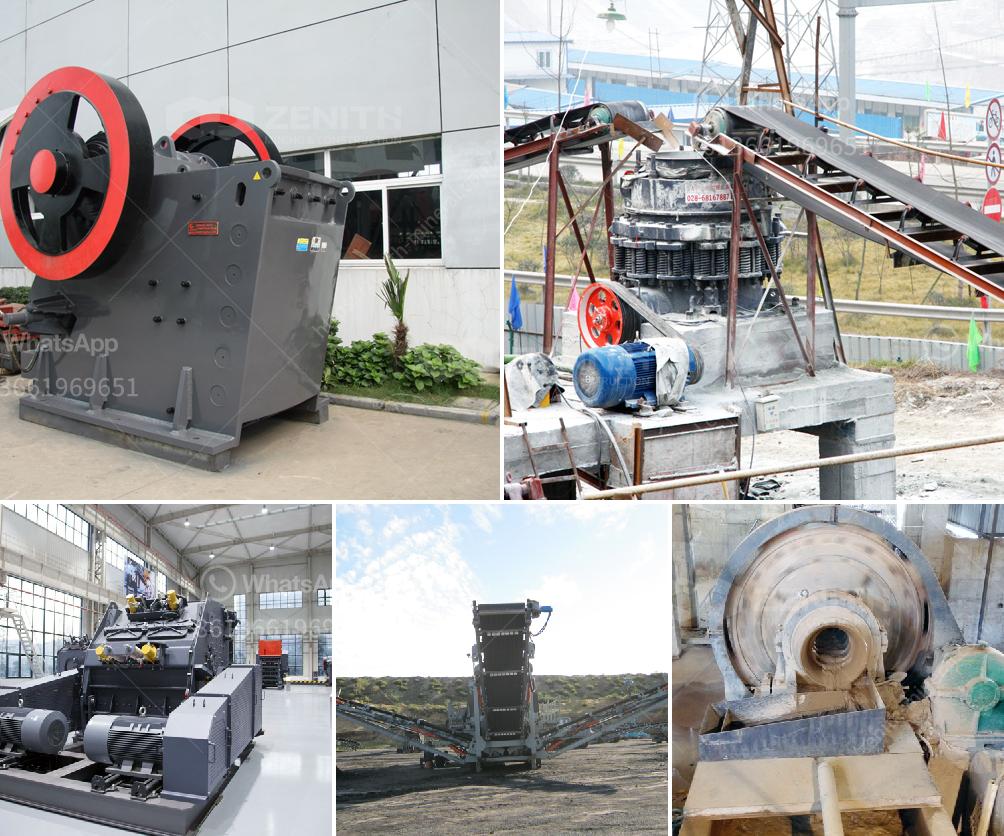Installing your own jaw crusher involves several steps, including site preparation, equipment setup, and ensuring safety measures are in place. Here’s a detailed guide on how to install a jaw crusher:
1. Site Preparation
a. Location Selection:
- Choose a location that is easily accessible for transportation of materials and equipment.
- Ensure the site has a stable foundation to support the weight and operation of the jaw crusher.
b. Foundation Preparation:
- Excavate the area where the jaw crusher will be installed.
- Construct a concrete foundation that is level and capable of bearing the load of the crusher and its operation.
2. Equipment Setup
a. Unpacking and Inspection:
- Carefully unpack the jaw crusher and inspect all parts for any damage during transportation.
- Verify that all components are present according to the manufacturer’s checklist.
b. Positioning the Crusher:
- Use lifting equipment to position the jaw crusher on the prepared foundation.
- Align the crusher with the foundation bolts and ensure it is level.
c. Securing the Crusher:
- Secure the jaw crusher to the foundation using anchor bolts.
- Tighten the bolts to the manufacturer’s recommended torque specifications.
3. Electrical and Hydraulic Connections
a. Electrical Setup:
- Connect the jaw crusher to the power supply according to the manufacturer’s wiring diagram.
- Ensure all electrical connections are secure and comply with local electrical codes.
b. Hydraulic Setup (if applicable):
- Connect the hydraulic system to the crusher, ensuring all hoses and fittings are properly secured.
- Check for any leaks and ensure the hydraulic fluid is at the correct level.
4. Safety Measures
a. Safety Guards:
- Install all safety guards and covers as per the manufacturer’s instructions.
- Ensure that all moving parts are adequately protected to prevent accidents.
b. Emergency Stops:
- Install emergency stop buttons in accessible locations around the crusher.
- Test the emergency stops to ensure they function correctly.
5. Testing and Commissioning
a. Initial Testing:
- Conduct a dry run of the jaw crusher without any material to ensure all components are functioning correctly.
- Listen for any unusual noises and check for vibrations.
b. Load Testing:
- Gradually introduce material into the crusher and monitor its performance.
- Adjust settings as necessary to achieve the desired output size and production rate.
c. Final Adjustments:
- Make any final adjustments to the crusher settings to optimize performance.
- Ensure all safety measures are in place and functioning correctly.
6. Maintenance and Training
a. Regular Maintenance:
- Establish a regular maintenance schedule to keep the jaw crusher in optimal condition.
- Perform routine checks on wear parts and replace them as needed.
b. Operator Training:
- Train all operators on the proper use and maintenance of the jaw crusher.
- Emphasize the importance of safety procedures and regular inspections.
By following these detailed steps, you can successfully install and operate your own jaw crusher, ensuring it runs efficiently and safely.


